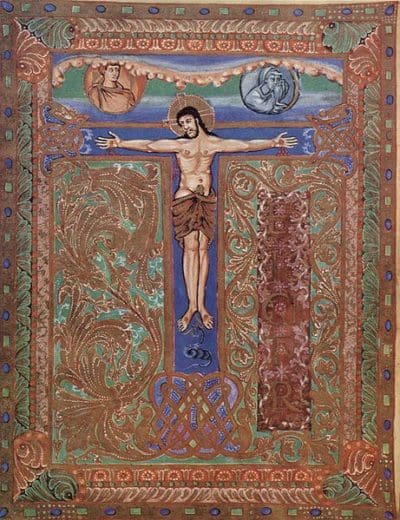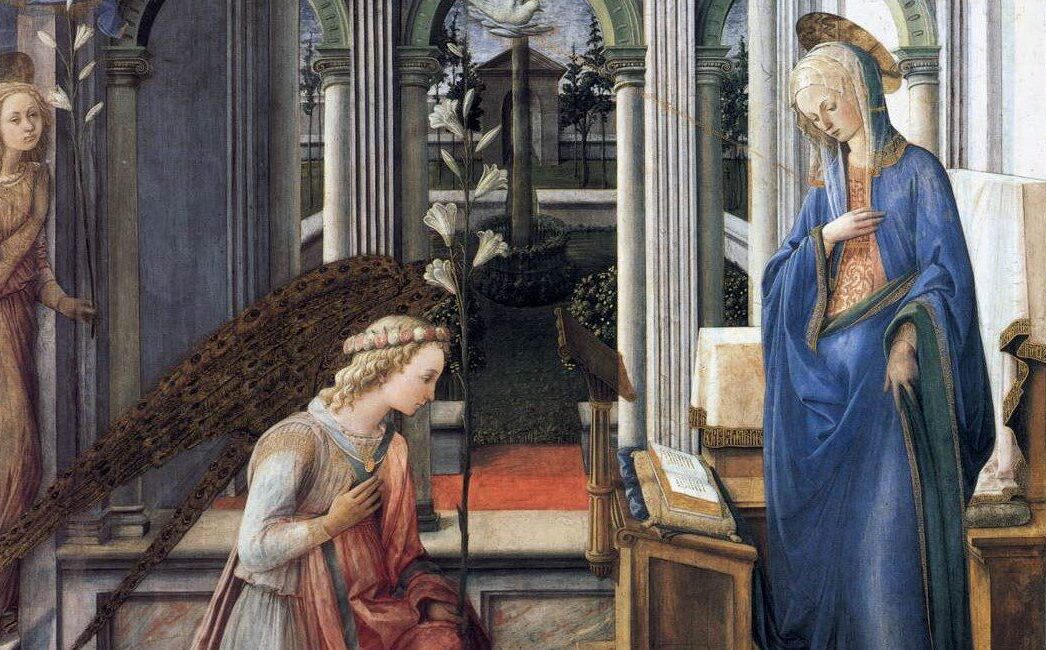While the liturgical movement had its beginnings in the 19th century and continued to gain momentum into the 20th century, and while the Apostolic Constitution Sacrosanctum Concilium (SC) of 1963 signaled coming liturgical changes, the most significant alterations to the Church’s liturgy would finally begin to take place in the years immediately following the Council. April 2019 marks the 50th anniversary of an important moment in  those reforms, as April 3, 1969 was the date St. Paul VI promulgated the Apostolic Constitution Missale Romanum, approving the texts of a new edition of the Roman Missal. This anniversary is an opportune moment to look back at what Paul VI was trying to accomplish in these reforms, so as to try to understand better the experience of these recent decades and to inform the way we celebrate and participate in the holy Mass today.
those reforms, as April 3, 1969 was the date St. Paul VI promulgated the Apostolic Constitution Missale Romanum, approving the texts of a new edition of the Roman Missal. This anniversary is an opportune moment to look back at what Paul VI was trying to accomplish in these reforms, so as to try to understand better the experience of these recent decades and to inform the way we celebrate and participate in the holy Mass today.
While various aspects of the post-Conciliar liturgy might be seen as “defining” to different people—most notably, perhaps, the introduction of the vernacular languages—it is perhaps important to consider first of all what the Holy Father himself considered to be the key elements of this new text of the Missal. While this book has many changes with respect to the previous edition, he hones in on three in particular.
In the first place, perhaps surprisingly to the person who reads the Apostolic Constitution 50 years later, the Pope considered the “principal innovation” (par. 6) in this new Missal to be the inclusion of more options for the Eucharistic Prayer. A greater variety of Prefaces were introduced, but even more importantly there would henceforth be a plurality of Anaphoras, in addition to the venerable Roman Canon that had been the sole Eucharistic Prayer in the Roman liturgy down the centuries. In doing this, the Holy Father was following in some fashion the practice of the Eastern Churches, which have long had a custom of using a variety of Eucharist Prayers. Drawn from a variety of sources, these new Anaphoras were written so as to be consistent with each other as regards the words of consecration “for what are called pastoral reasons and to facilitate concelebration” (par. 6). The Roman Rite retains its own distinctive style and character, but St. Paul VI reminded the Church that there is not only one way to commemorate and carry out Our Lord’s command at the Last Supper to “do this in memory of me” (Lk 22:19).
A second change highlighted by the Holy Father, and one that is immediately apparent when the older and newer forms of the Mass are compared, is a simplified Order of Mass, in response to the direct request of the Council Fathers (cf. SC, 50). The overall intention with these changes was to make the logic of the Mass more self-evident. While the “dialogue Mass” had begun to appear in some places by this time, it now became a definitive aspect of the celebration. Rather than the servers responding to the priest on behalf of the people, the entire congregation was now called to outwardly and vocally express sorrow for sin in the Penitential Rite and to respond to the priest in various dialogues, for example. New also was a strong emphasis on the homily as an integral part of the Mass, as well as the addition of the Prayer of the Faithful at the conclusion of the Liturgy of the Word. These kinds of changes were meant to facilitate the congregation’s active participation in the Mass (cf. SC 50).
Finally, the third change emphasized in the Apostolic Constitution was the well-known expansion of the Lectionary. The cycles of readings at Mass were to be spread over multiple years and an additional reading was to be proclaimed on Sundays and on more solemn occasions, so that “a more representative portion of the Holy Scriptures be read to the people” (par. 9, citing SC, 51). The Pope expressed a hope that this would increase a knowledge for and love of the Sacred Scriptures among the faithful.
The Apostolic Constitution noted that other parts of the Roman Missal “have been revised and notably modified, that is: the Temporal, the Sanctoral, the Common of Saints, the Ritual Masses, and the Votive Masses” (par. 11). In particular, new orations were introduced, some drawn from ancient texts and others that were new compositions, reducing the number of repetitions with respect to the Missal of Trent. A General Instruction was also drawn up, with “new norms […] for the celebration of the Eucharistic Sacrifice” (par. 5), replacing the General Rubrics of the previous Missal.
Like his predecessor St. Pius V, the Holy Father hoped the new Missal would strengthen the Church’s unity. In the sixteenth century, unity was sought through the suppression of local liturgical variants (including some that even veered into heresy), putting a greater emphasis on union with the Bishop of Rome in the way the Mass was celebrated. In the case of St. Paul VI, the same goal of Catholic unity had a different emphasis: that people everywhere would have a greater participation in the Mass in their minds and hearts, celebrating in all places a liturgy that was essentially the same, even if they did so in different languages.
As was the case with the Missal of 1570, the changes introduced into this Missal included elements that were the fruit of scholarship. The era of the Council of Trent was a time in which the scientific study of the Church’s liturgical patrimony was beginning to gain greater appreciation, and St. Pius V noted that his associates studied liturgical books in the Vatican Library in the preparation of the revised Missal that he promulgated. In subsequent centuries, ancient manuscripts would be transcribed and reprinted for the benefit of scholars, and this sort of research has continued to the present day, giving us in some sense a perspective on the liturgical past that our ancestors did not have the benefit of enjoying. This research and study had some impact on the content and arrangement of St. Paul VI’s new Missal.
But to a greater extent, the changes introduced by this Missal were motivated by the “sensitivities of this new age” (par. 2). While St. Paul VI praised the Missal of Trent, which missionary priests “carried […] into almost every land” (par. 1), and while he acknowledged the antiquity of its content and the fact that it had enriched the souls of innumerable saints, he nevertheless pressed forward with the Council’s reform. St. Paul VI was called to the throne of Peter in an era that saw—and continues to see, for good and for ill—more change in society, culture, and technology than ever before in human history. The Pope certainly knew the significance of the changes being made to the Sacred Liturgy, but he was convinced that this work would ultimately help the faithful to grow in holiness in the modern world. This was a courageous decision, a decision that has certainly seen its share of difficulties in its unfolding, but a decision that continues to invite the Church to an ever-deeper renewal.



